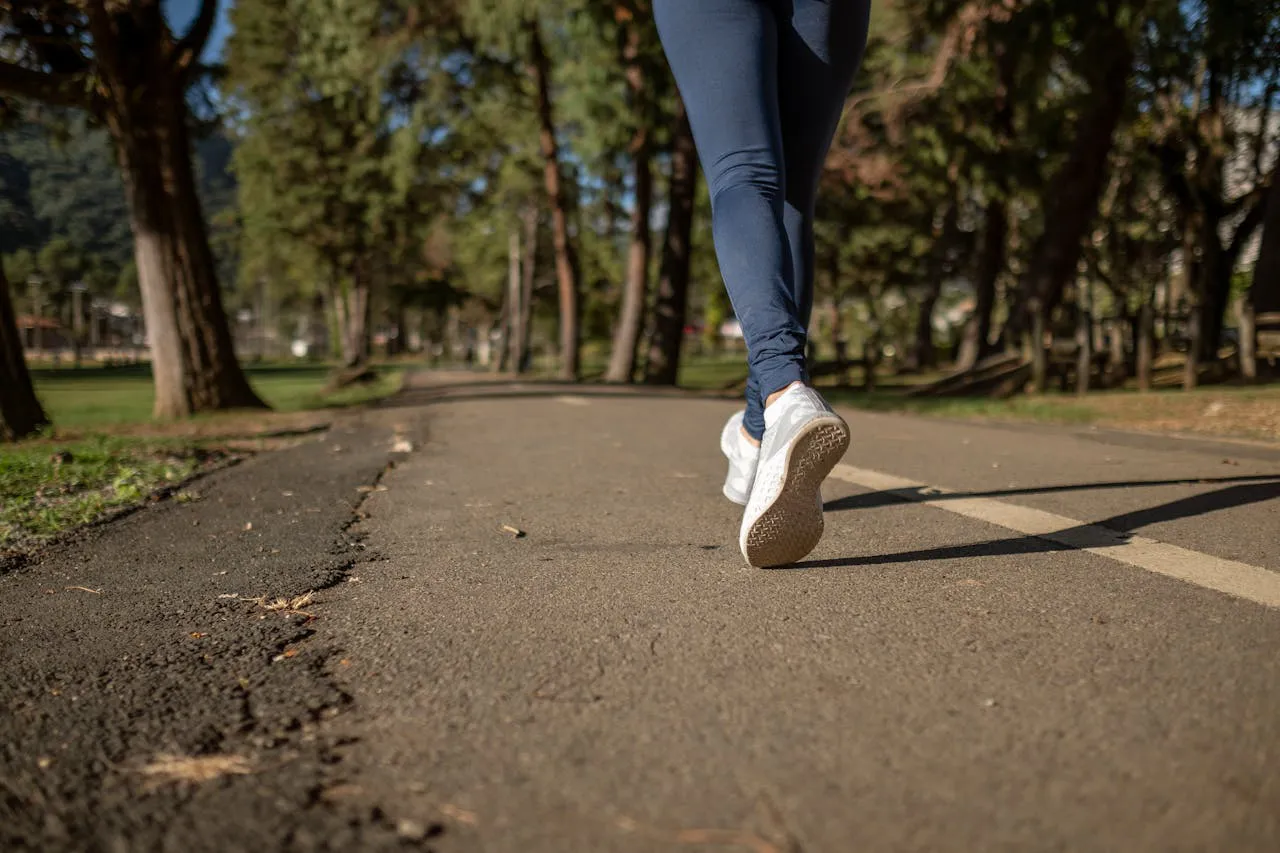Quick Tips for a Smooth Recovery From Joint Replacement Surgery

Undergoing joint replacement surgery, whether for the hip, knee, shoulder, or ankle, marks the beginning of a journey toward improved mobility and quality of life. However, a successful recovery requires careful attention to post-operative care and rehabilitation. In this guide, we’ll highlight quick tips for a smooth recovery from joint replacement surgery, focusing on the most common procedures for the hip and knee, as well as other potential surgeries for the shoulder and ankle.
Hip Replacement Recovery
Hip replacement surgery is a common procedure aimed at relieving pain and restoring function for individuals with severe hip arthritis or injury. To promote a smooth hip replacement recovery:
Avoid Crossing Your Legs
Maintain healthy blood flow by refraining from sitting with crossed legs during the first few weeks after surgery. Crossed legs can impede circulation and hinder healing.
Stay Active
As you reintroduce hip movements into your daily routine, remember to move the hip in multiple directions, taking advantage of the natural ball-and-socket shape of the joint. Take short walks, and practice quick hip stretches in between long periods of sitting to prevent stiffness and promote circulation. Gentle movement helps improve joint mobility and reduces the risk of complications. Remember to take it slow, and breathe through uncomfortable movements.
Proper Wound Care
Care for the hip replacement incision site according to your surgeon’s instructions to prevent infection and promote healing. Keep the area clean and dry, and follow any recommended dressing changes or wound care protocols.
Prioritize Sleep
Ensure adequate rest and sleep to support the body’s healing process. Create a comfortable and quiet sleeping environment, and aim for deep, uninterrupted sleep to facilitate recovery and rejuvenation. To avoid placing unnecessary pressure on your recovering hip, use pillows or cushions to maintain an aligned position throughout the night.
Knee Replacement Recovery
Knee replacement surgery is another common procedure designed to alleviate pain and restore function for individuals with severe knee arthritis or injury. Here are quick tips for a smooth knee replacement recovery:
Healthy Blood Flow
Similar to hip replacement surgery, avoid sitting with crossed legs to maintain optimal circulation and promote healing in the knee joint.
Stay Mobile
Incorporate short walks and gentle exercises into your daily routine to prevent stiffness in the knee. Follow any prescribed physical therapy exercises to strengthen the muscles around the knee. As you gradually increase your range of motion, record your progress for an extra sense of encouragement.
Proper Stitch Care
Take care of the knee replacement incision site by keeping it clean and dry. Follow your surgeon’s recommendations for wound care and monitor for any signs of infection or complications.
Rest and Recovery
Allow your body ample time to rest and recover following knee replacement surgery. As you sit on the couch or prepare for bed, elevate your leg while supporting the back of your knee with proper cushioning.
Other Joint Replacement Surgeries
For individuals undergoing shoulder or ankle replacement surgery, many of the same principles apply to promote a smooth recovery. Prioritize healthy blood flow, proper wound care, adequate rest, and mobilization to support optimal outcomes for the shoulder and ankle.
